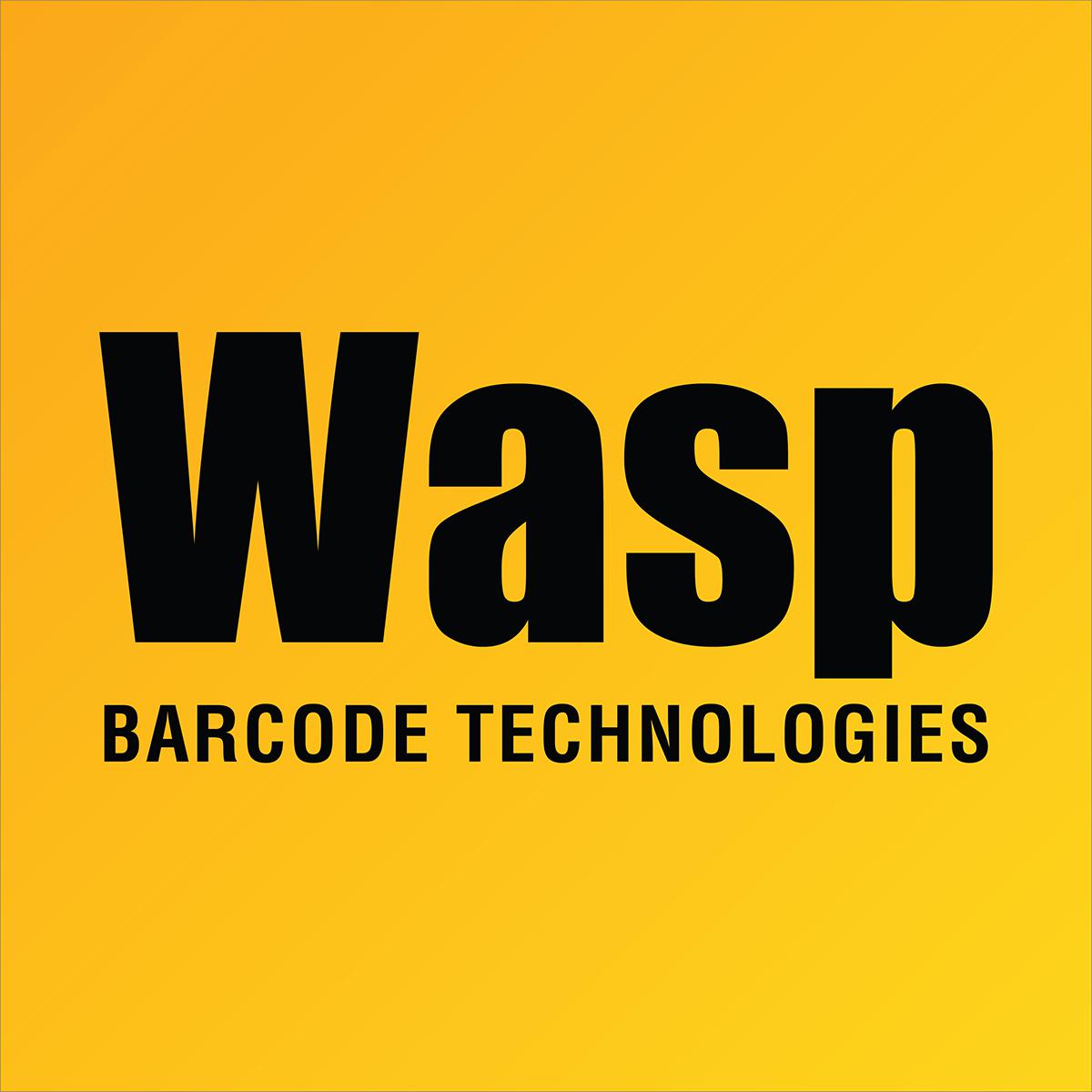Connect the device with the USB cable, then view its file system with Windows Mobile Device Center (or ActiveSync on Windows XP).
WMDC: File Management, browse the contents of your device
ActiveSync: Tools menu, Explore Pocket PC, My Windows Mobile-Based Device
Find the Certs folder at the path below. Note: If your Summit folder doesn't contain a Certs folder, you will need to create it.
Windows Mobile/Embedded (HC1, WDT60): Windows\Start Menu\Programs\Summit\Certs
Windows CE (WDT90): Windows\Programs\Summit\Certs
Copy your certificate file to the Certs folder. There is also a Readme file here with info (reproduced below).
This directory is the default directory for digital certificates and protected access credentials (PACs) used in conjunction with Extensible Authentication Protocol (EAP) types.
When you use PEAP or EAP-TLS, you must provision a certificate authority (CA) certificate for the EAP authentication server and distribute that certificate to every client device. On the device, you can store the certificate in the Microsoft certificate store or in the directory with the path specified as the value for Certs Path on the Summit Client Utility (SCU) Global window. When you dont specify a Certs Path value, SCU uses the path to this directory for the Certs Path value.
When you enter a CA certificate name on an SCU Credentials page, you enter only the filename and extension, not the path. The Certs Path global setting provides the path.
If you import CA certificates into the Microsoft certificate store and want to use them in SCU, select Use MS store on the Credentials page. When using the Microsoft certificate store, SCU ignores the Certs Path global setting and the value specified in the CA Cert filename field on the Credentials window.
User (not CA) certificates for EAP-TLS must be selected from the Microsoft certificate store.
When you use EAP-FAST, you must create a PAC for each client device. When you create a PAC manually, you must store it in the directory identified by the Certs Path global setting.
More Info in Microsoft's article "Certificates for Windows Mobile 5.0 and Windows Mobile 6":



